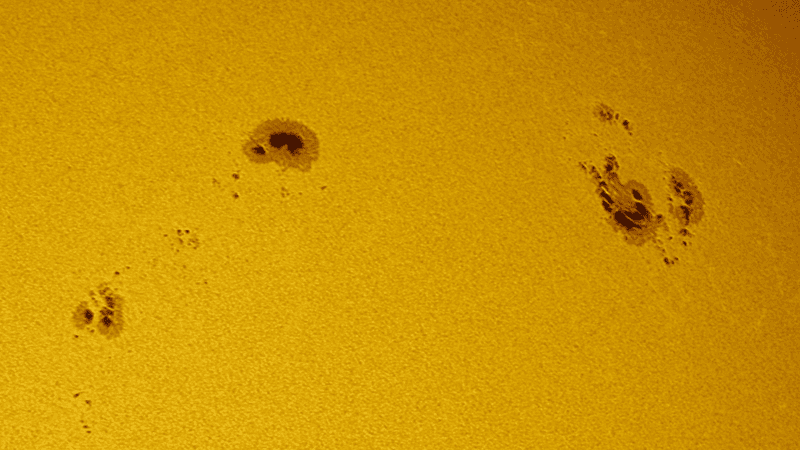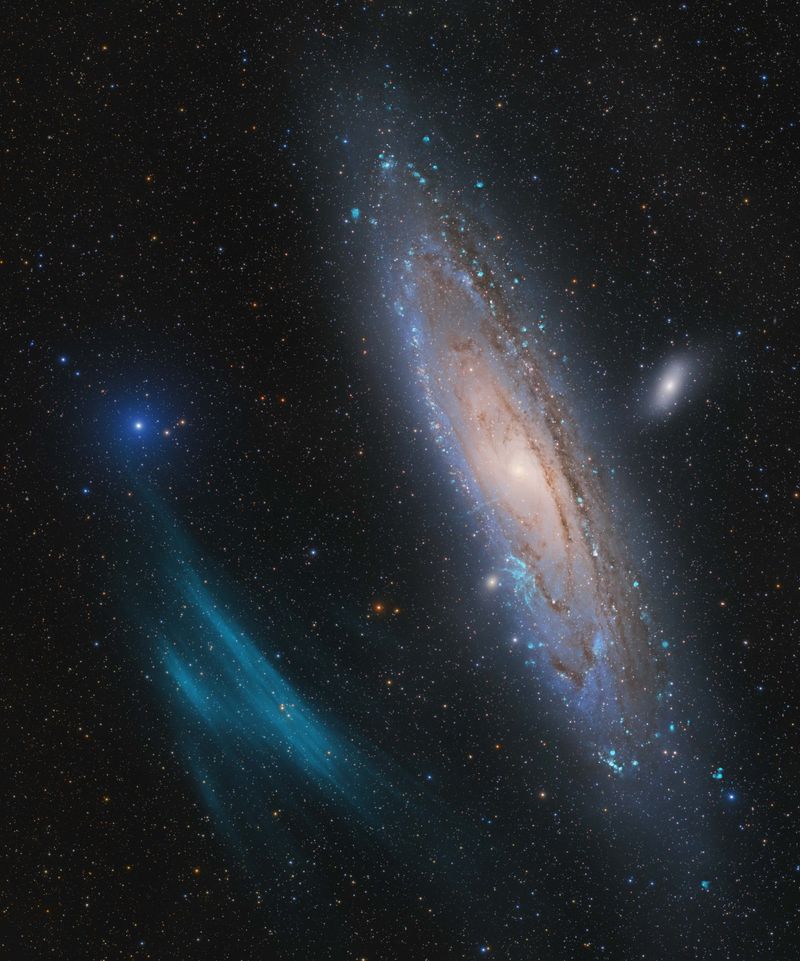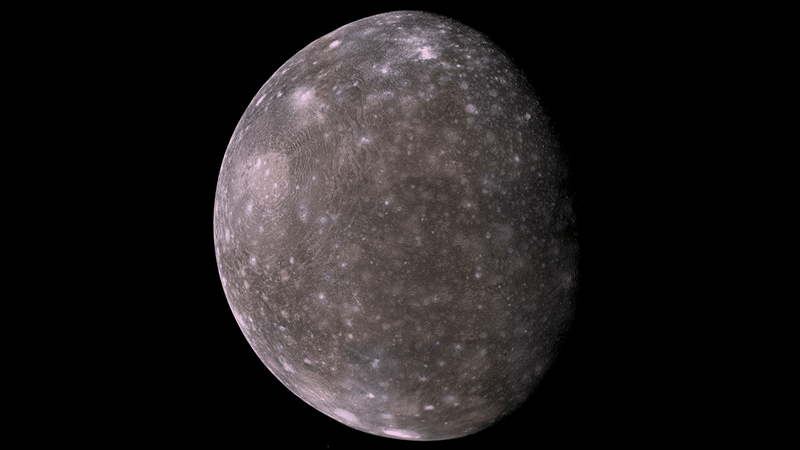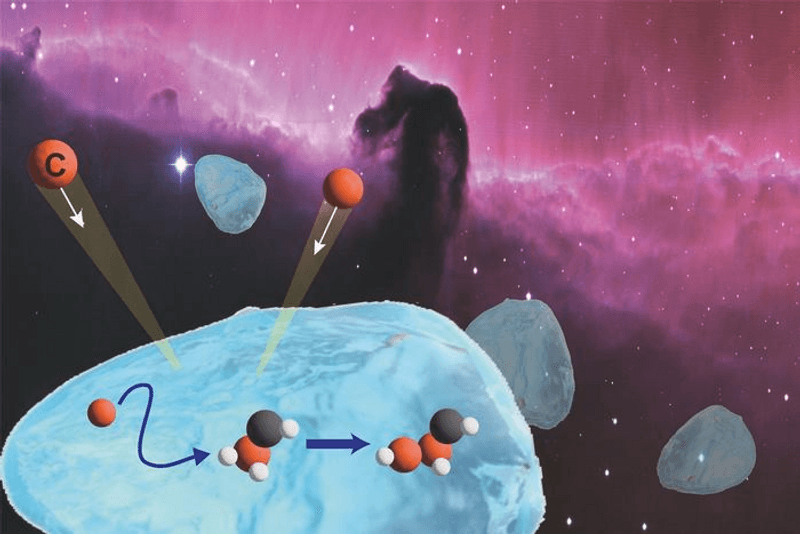You may have seen people in the last few days discussing the Sun being "broken". So, is it time to crack each others' heads open and feast on the gooey bits inside?
In short, no. An article is going around the Internet with the title "Part of the Sun is broken", but as the article itself explains, that's not what's really happened. Instead, it is referring to a genuinely very cool solar event that happened back in February, as a solar prominence (a big cloud of dense plasma) shoots out from the sun's surface and then whirls around the Sun's north pole in a vortex.




